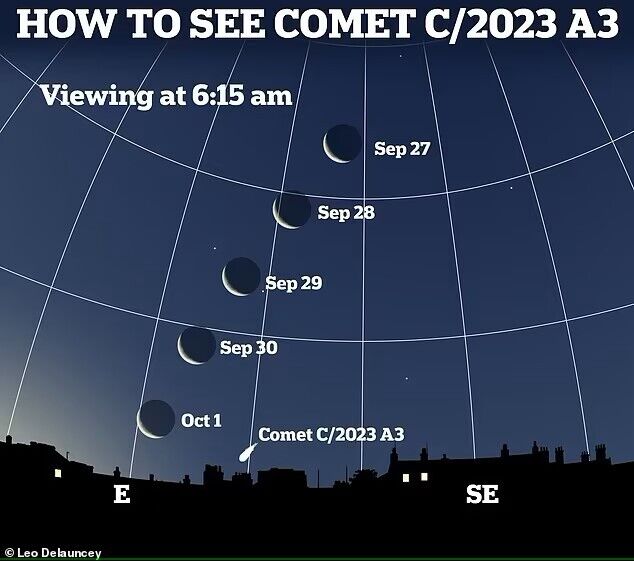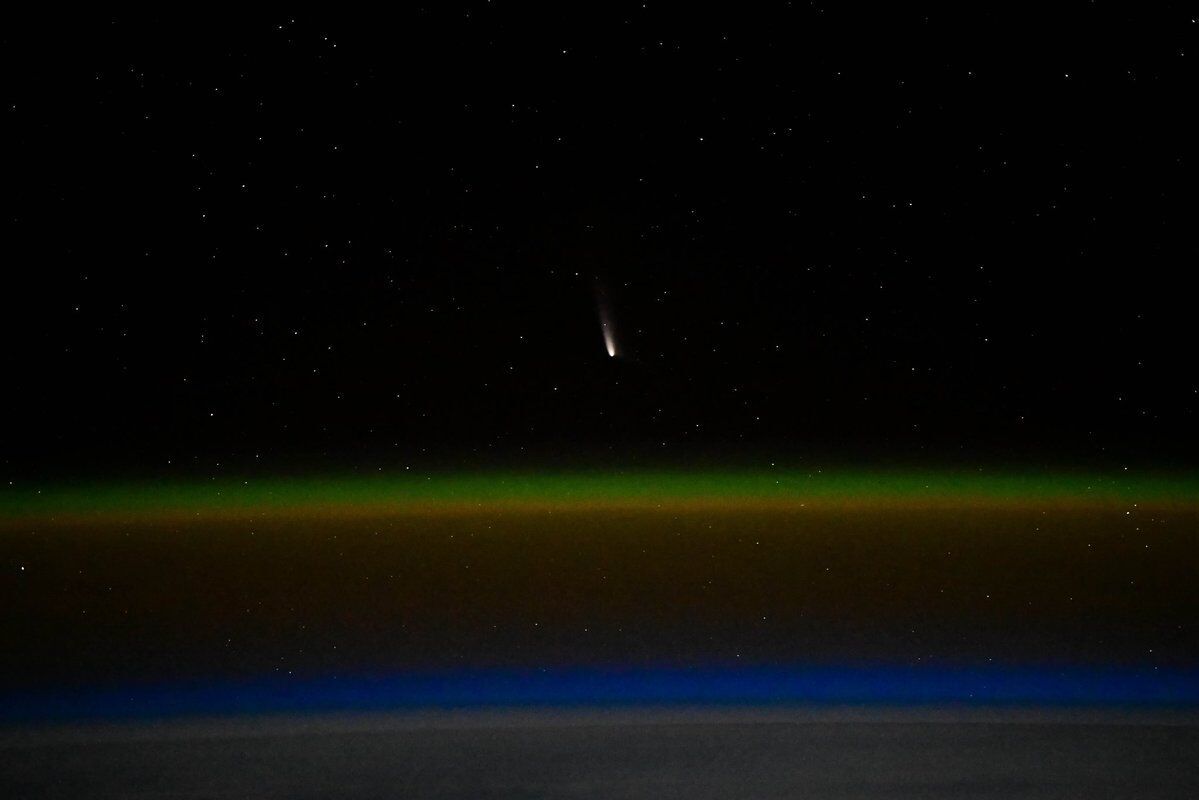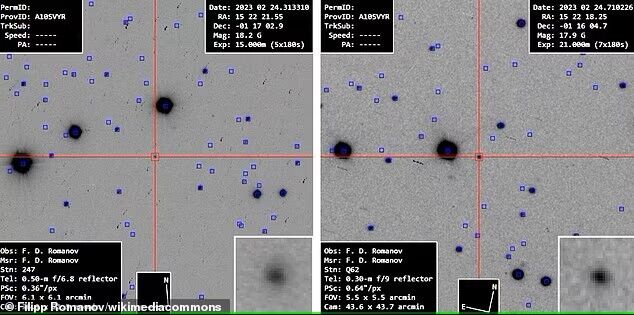News
A once-in-a-lifetime chance: how to catch comet Tsuchinshan-ATLAS approaching Earth at 70 kilometers per second
Comet C/2023 A3, also known as Tsuchinshan-ATLAS, is approaching Earth at a speed of 70 kilometers per second. This celestial body will be so bright that it will be visible in the sky with the naked eye from late September through mid-October.
C/2023 A3 was last observed by some of the first humans 80000 years ago. Now the comet is finally coming back to Earth again, writes DailyMail.
Already from September 27, Tsuchinshan-ATLAS can be seen in the sky as a star-shaped spot with a hazy tail. After all, it is on Friday that the comet will reach "perihelion" - the closest point to the Sun. After this meeting, C/2023 A3 will become brighter and can be seen in the sky with the naked eye.
However, after perihelion, the tailed traveler will appear only before dawn, and since October 9, its trace can be seen at sunset. Tsuchinshan-ATLAS will be the closest to the Earth on October 12, and by October 20, it will still be visible in the night sky.
Interestingly, comet C/2023 A3 is already clearly visible from the International Space Station (ISS). And NASA astronaut Matthew Dominick has captured beautiful footage of the celestial body as it rises from the edge of Earth. The eight-second slow-motion video shows the object from the windows of the space station's dome.
"This comet is going to make for some really cool images as it gets closer to the sun," Dominick wrote in a post on X.
Minjae Kim, a space expert in the University of Warwick's astronomy department, said Tsuchinshan-ATLAS would be best seen 40 minutes before dawn, when it is not yet obscured by the Sun's first rays.
"The comet will be visible as a pre-dawn object. If predictions hold, it could be visible to the naked eye, appearing as a fuzzy star with a tail stretching across the sky. Otherwise, binoculars or a small telescope may reveal more detail in the comet's structure and tail," the scientist emphasized.
We should remind you that comets are balls of ice, dust, and rocks surrounded by a thin, gassy atmosphere. Approaching the Sun, comets melt, releasing a stream of gas and dust, which is blown off their surface by solar radiation and plasma and forms a cloudy, outward-facing tail, scientists say.
Only verified information from us on Telegram-channel OBOZ.UA and Viber. Do not fall for fakes!































